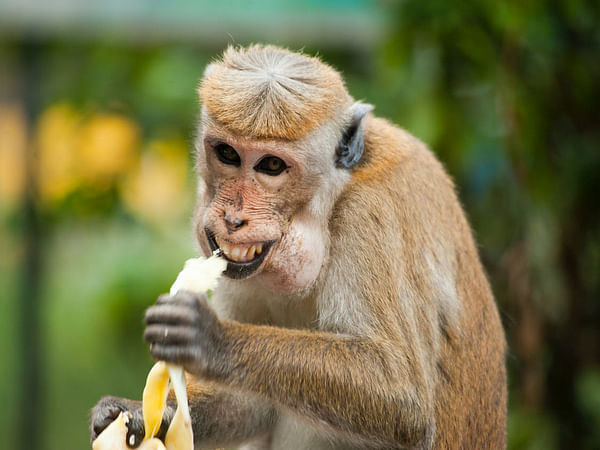Espoo [Finland], September 20 (ANI): The production of feed for cattle and fish is consuming limited natural resources that could be utilised to create food for people, while millions of people throughout the world are in danger of going hungry or suffering from malnutrition.
Aalto University’s latest study, which was just published in Nature Food, demonstrates how changing how livestock and fish are fed could maintain output while increasing the amount of food that is available to people. These relatively easy modifications will greatly expand the world’s food supply, delivering calories for up to 13% more people without increasing the use of natural resources or needing significant dietary changes.
Currently, nearly a third of the yield of cereal crops is used as animal feed, and about a quarter of fish that are caught aren’t used for human use. A team led by Matti Kummu, an associate professor of global water and food issues at Aalto, looked at the possibility of employing crop waste and food waste in livestock and aquaculture production, freeing up the material that may be used to feed people.
This was the first time that anyone had merged the food and feed flows from both terrestrial and aquatic systems in such great detail on a global scale. The first step in figuring out the untapped potential was to identify how much of the food by-products and residues were already being used, says Kummu.
The team examined how food and feed moved through the world’s food production system, as well as how its byproducts and residues did. They then determined how to change these flows for a better result. For instance, rather than feeding cattle and farmed fish ingredients that are suitable for human consumption, food system by-products such as sugar beet or citrus pulp, fish and animal by-products, or even agricultural residues, could be used.
With these adjustments, up to 10% to 26% of all cereal production and 11% of the present seafood supply, or 17 million tonnes of fish, maybe diverted from animal feed to human consumption. The increases in the food supply would range between 6 and 13 per cent in terms of calories and between 9 and 15 per cent in terms of protein, depending on the specific scenario. That might not seem like much, but Vilma Sandstrom of Aalto University, who is the study’s first author, estimates that it would feed up to one billion people.
These results complement prior work by Kummu’s team on minimising food loss along the supply chain, from manufacturing to storage and waste generated by consumers. In that study, we demonstrated that halving food loss and waste would result in a 12% increase in the amount of food available. That would add around one-quarter more food when combined with the use of byproducts as feed, he claims.
There would be a decrease in animal productivity as a result of some of the modifications, such as feeding crop leftovers to livestock, but the researchers took that into account in their analysis. Another difficulty is that the human-edible food now employed in aquaculture and animal production differs from what people are accustomed to eating. For instance, several varieties of maize are utilised in the feed industry, and some of the grains are of lesser quality; meanwhile, the fish used to make fishmeal are typically small, bony fish that are not now well-liked by customers.
Overcoming these obstacles, though, might yield significant benefits. Supply chain changes would be necessary to get these benefits. For instance, the food chain would need to be reorganised so that businesses and producers with by-products can connect with those who raise animals and raise fish. Additionally, some of the byproducts would require processing before being used as feed, according to Sandstrom.
I don’t see any major issues with doing this, in my opinion. It wouldn’t be necessary to start from scratch because what we’re proposing is already being done to some extent and in certain places. Simply tweaking the current system and scaling up those practices is all that is required, says Kummu. (ANI)
This report is auto-generated from ANI news service. ThePrint holds no responsibility for its content.



